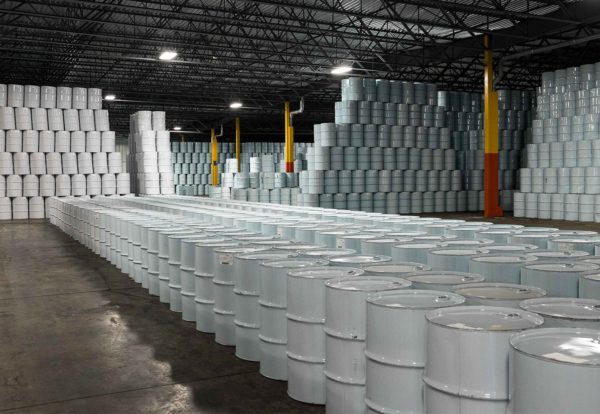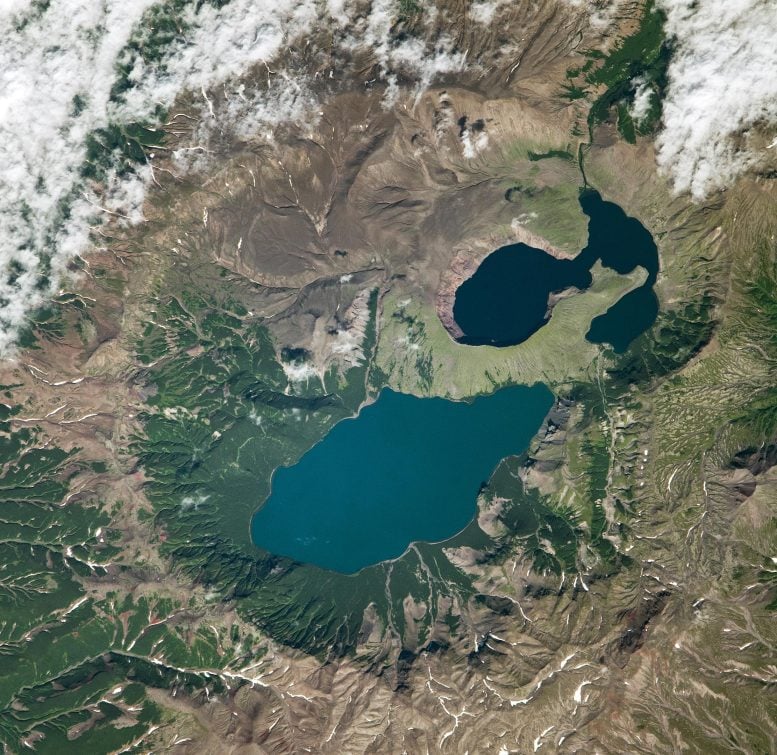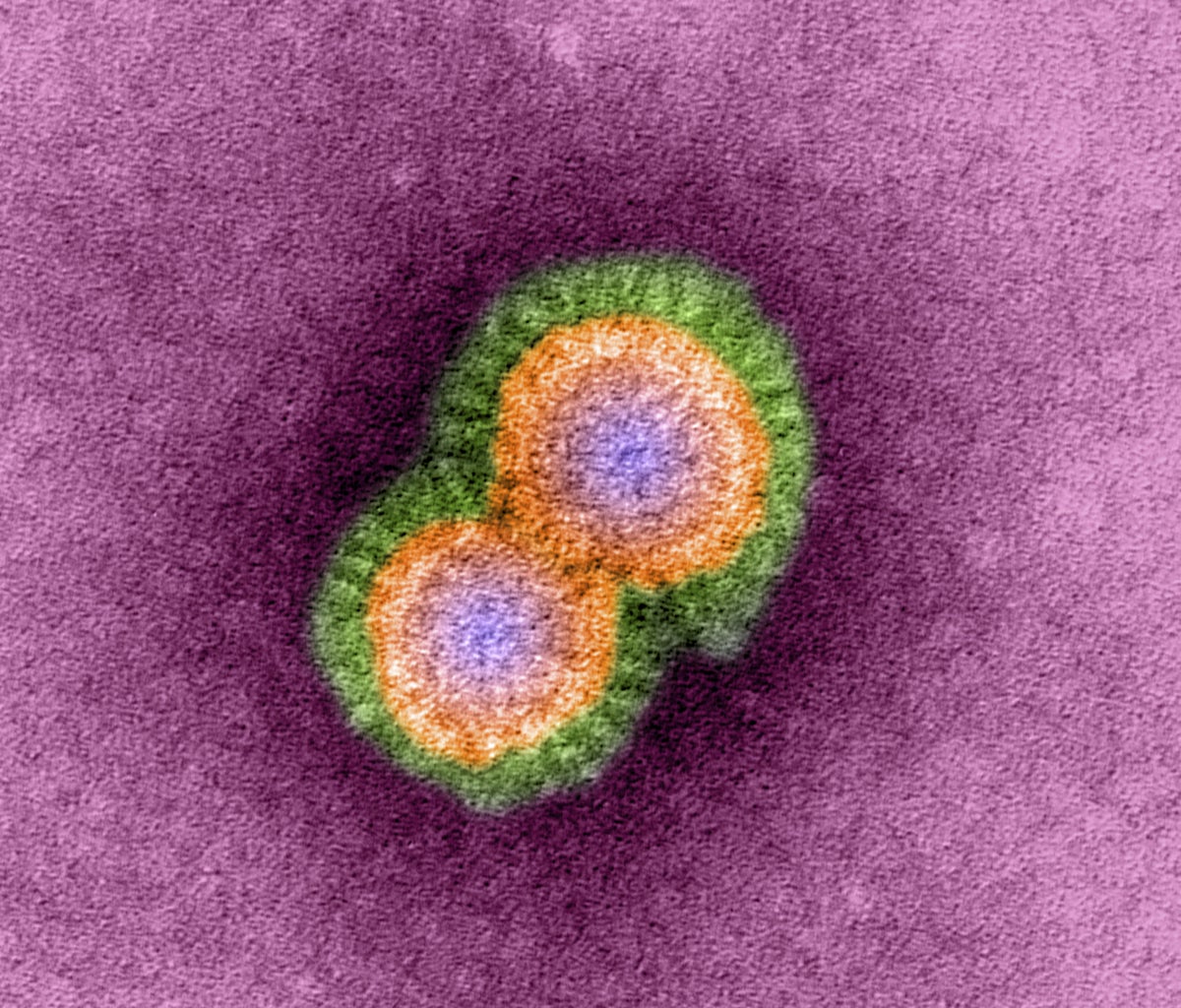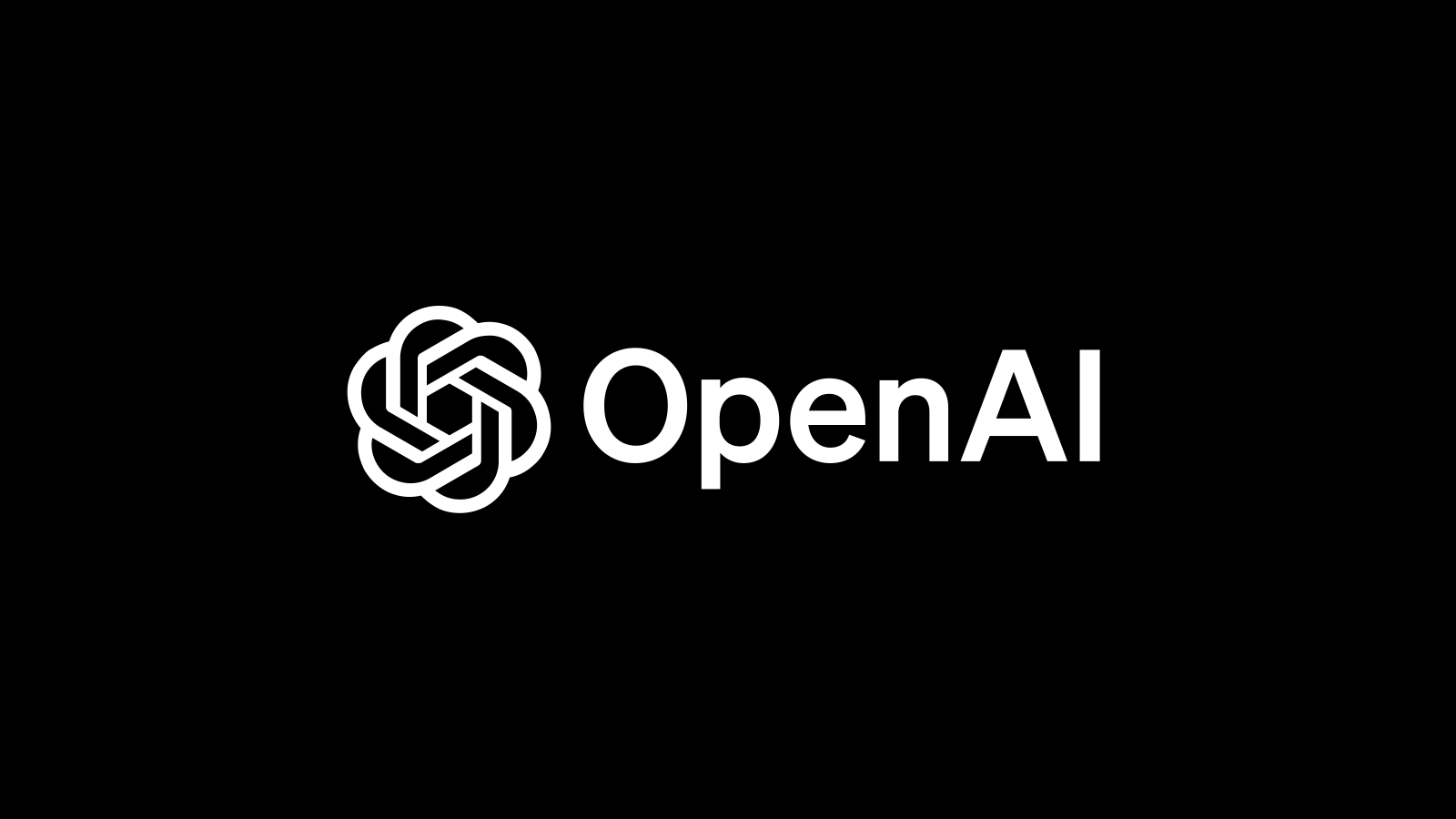by Jonathan Latham, PhD
Sustainable, local, organic food grown on small farms has a tremendous amount to offer. Unlike chemical-intensive industrial-scale agriculture, it regenerates rural communities; it doesn’t pollute rivers and groundwater or create dead zones; it can save coral reefs; it doesn’t encroach on rainforests; it preserves soil and it can restore the climate (IAASTD, 2009). Why do all governments not promote it?
For policymakers, the big obstacle to global promotion and restoration of small-scale farming (leaving aside the lobbying power of agribusiness) is allegedly that, “it can’t feed the world”. If that claim were true, local food systems would be bound to leave people hungry and so promoting them becomes selfish, short-termist, and unethical.
Nevertheless, this purported flaw in sustainable and local agriculture represents a curious charge because, no matter where one looks in global agriculture, food prices are low because products are in surplus.

Often, they are in huge surplus, even in the hungriest countries. Farmers will tell you they are going out of business because, as a result of these surpluses, prices are low and continuously falling. Indeed, declining agricultural prices are a broad trend continuing, with the odd blip, for over a century, and applying to every commodity. This downward trend has continued even through a recent biofuel boom designed to consume some of these surpluses (de Gorter et al., 2015). In other words, the available data contradict the likelihood of food shortages. Despite the rising global population, food gluts are everywhere.
Global food models
The standard justification for claiming that these surpluses will one day turn into global food shortages comes from various mathematical models of the food system. These models are based on food production and other figures supplied to the UN by national governments. Whereas anecdotal or local evidence is necessarily suspect, these models claim to be able to definitively assess and predict the enormous, diverse, and highly complex global food system.
The most prominent and most widely cited of these food system models is called GAPS (Global Agriculture Perspectives System). GAPS is a model created by researchers at the Food and Agriculture Organization (FAO) in Rome (Alexandratos and Bruinsma, 2012). These models – and most often GAPS – are thus what is being cited in any quantitative discussion of future food needs. GAPS, for example, is the basis for the common ‘60% more food needed by 2050’ prediction, what Britain’s chief scientist John Beddington called “a perfect storm” facing humanity.
How reliable are these food system models?
In 2010 Professor Thomas Hertel of Purdue University gave the annual presidential address of the U.S. Agricultural and Applied Economics Association. He chose to discuss the ability of mathematical models like GAPS to predict future supplies (this work was subsequently published as Hertel, 2011). Hertel told his audience that those models are faulty.
What Hertel highlighted is that economic analysis has plainly shown that food supplies respond to long-term prices. That is, when prices for food items increase, food production also increases. For example, when prices increase, it becomes more worthwhile for farmers to invest in boosting their yields; but when prices are low there is little such incentive. Other actors in the food system behave similarly.
Yet global food models, noted Hertel, have adopted the opposite interpretation: they assume global food supplies are insensitive to prices.
In the firm but diplomatic tone expected of a Presidential Address, Hertel told his audience:
“I fear that much of this rich knowledge has not yet worked its way into the global models being used for long run analysis of climate, biofuels and agricultural land use……it is not clear that the resulting models are well-suited for the kind of long run sustainability analysis envisioned here.”
This is rather important. Since the whole point of these models is long-term prediction, if global food models underestimate the ability of food systems to adjust to higher demand, they will tend to predict a crisis even when there isn’t one.
Like all mathematical models, GAPS and other food system models incorporate numerous assumptions. These assumptions are typically shared across related models, which is why they tend to give similar answers. The reliability of all such models therefore depends crucially on the validity of shared assumptions like the one Hertel focused on.
Hertel’s analysis therefore prompts two important questions. The first is this: If GAPS contains an assumption that contradicts the collective wisdom of conventional agricultural economics, what other questionable assumptions hide in global food models?
Surprisingly though, given the stakes, scarcely any attention has been devoted to rigorous independent testing of these crucial assumptions (Scrieciu, 2007; Reilly and Willenbockel, 2010; Wise, 2013; Lappé and Collins, 2015).
The second question is this: Is it significant that the error identified by Hertel will tend to generate predictions that are unnecessarily alarmist?
Critiquing the critical assumptions
In a new peer-reviewed paper, The Myth of a Food Crisis, I have critiqued FAO’s GAPS – and by extension all similar food system models – at the level of these, often unstated, assumptions (Latham, 2021).
The Myth of a Food Crisis identifies four assumptions in food system models that are especially problematic since they have major effects on the reliability of modeling predictions. In summary, these are:
1) That biofuels are driven by “demand”.
As the paper shows, biofuels are incorporated into GAPS on the demand side of equations. However, biofuels derive from lobbying efforts. They exist to solve the problem of agricultural oversupply (Baines, 2015). Since biofuels contribute little or nothing to sustainability, land used for them is available to feed populations if needed. This potential availability (e.g. 40% of US corn is used for corn ethanol) makes it plainly wrong for GAPS to treat biofuels as an unavoidable demand on production.
2) That current agricultural production systems are optimized for productivity.
As the paper also shows, agricultural systems are typically not optimised to maximise calories or nutrients. Usually, they optimise profits (or sometimes subsidies), with very different results. For this reason, practically all agricultural systems could produce many more nutrients per acre at no ecological cost if desired.
3) That crop “yield potentials” have been correctly estimated.
Using the example of rice, the paper shows that some farmers, even under sub-optimal conditions, achieve yields far in excess of those considered possible by GAPS. Thus the yield ceilings assumed by GAPS are far too low for rice and probably other crops too. Therefore GAPS grossly underestimates agricultural potential.
4) That annual global food production is approximately equal to global food consumption.
As the paper also shows, a significant proportion of annual global production ends up in storage where it degrades and is disposed of without ever being counted by GAPS. There is thus a very large accounting hole in GAPS.
The specific ways in which these four assumptions are incorporated into GAPS and other models produces one of two effects. Each causes GAPS to either underestimate global food supply (now and in the future), or to overestimate global food demand (now and in the future).
Thus GAPS and other models underestimate supply and exaggerate demand. The cumulative effect is dramatic. Using peer-reviewed data, the discrepancy between food availability estimated by GAPS and the underlying supply is calculated in the paper. Such calculations show that GAPS and other models omit approximately enough food annually to feed 12.5 billion persons. That is a lot of food, but it does perfectly explain why the models are so discrepant with policymakers’ and farmers’ consistent experiences of the food system.
The implications
The consequences of this analysis are very significant on a number of fronts. There is no global shortage of food. Even under any plausible future population scenario or potential increases in wealth, the current global glut will not disappear due to elevated demand. Among the many implications of this glut is, other things being equal, global commodity prices will continue to decline. The potential caveat to this is climate chaos. Climate consequences are not factored into this analysis. However, for people who think that industrial agriculture is the solution to that problem, it is worth recalling that industrialised food systems are the leading emitter of carbon dioxide. Industrialising food production is therefore not the solution to climate change – it is the problem.
Another significant implication of this analysis is to remove the justification for the (frequently suggested) adoption of special and sacrificial ‘sustainable intensification’ measures featuring intensive use of pesticides, GMOs, and gene edited organisms to boost food production (Wilson, 2021). What is needed to save rainforests and other habitats from agricultural expansion is instead to reduce the subsidies and incentives that are responsible for overproduction and unsustainable practices (Capellesso et al., 2016). In this way, harmful agricultural policies can be replaced by ones guided by criteria such as ecological sustainability and cultural appropriateness.
A second implication stems from asking: if the models err on such elementary levels, why are critics largely absent? Thomas Hertel’s critique should have rung alarm bells. The short answer is that the philanthropic and academic sectors in agriculture and development are corrupt. The form this corruption takes is not illegality – rather that, with important exceptions, these sectors do not serve the public interest, but their own interests.
A good example is the FAO, which created GAPS. The primary mandate of FAO is to enable food production – its motto is Fiat Panis – but without an actual or imminent food crisis there would hardly be a need for an FAO. Many philanthropic and academic institutions are equally conflicted. It is no accident that all the critics mentioned above are relative or complete outsiders. Too many participants in the food system depend on a crisis narrative.
But the biggest factor of all in promotion of the crisis narrative is agribusiness. Agribusiness is the entity most threatened by its exposure.

It is agribusiness that perpetuates the myth most actively and makes best use of it by endlessly championing itself as the only valid bulwark against starvation. It is agribusiness that most aggressively alleges that all other forms of agriculture are inadequate (Peekhaus, 2010). This Malthusian spectre is a good story, it’s had a tremendous run, but it’s just not true. By exposing it, we can free up agriculture to work for everyone.
The article on which this post is based appeared in the book: Rethinking Food and Agriculture Edited by L. Kassam and A. Kassam. Woodhead Publishing. 2021.
References
Alexandratos, N., & Bruinsma, J. (2012). World agriculture: Towards 2030/2050. ESA working paper no. 12-03 Rome: FAO.
Baines, J. (2015). Fuel, feed and the corporate restructuring of the food regime. The Journal of Peasant Studies, 42(2), 295–321.
Capellesso, A. J., Cazella, A. A., Schmitt Filho, A. L., Farley, J., & Martins, D. A. (2016). Economic and environmental impacts of production intensification in agriculture: comparing transgenic, conventional, and agroecological maize crops. Agroecology and Sustainable Food Systems, 40(3), 215-236.
de Gorter, H., Drabik, D., & Just, D. R. (2015). The economics of biofuel policies: Impacts on price volatility in grain and oilseed markets. (Palgrave studies in agricultural economics and food policy). Basingstoke, UK: Palgrave Macmillan.
Hertel, T. W. (2011). The global supply and demand for agricultural land in 2050: A perfect storm in the making? American Journal of Agricultural Economics, 93, 259–275.
Lappé, F. M., & Collins, J. (2015). World hunger: Ten myths. Grove Press.
Latham, J. (2021). The myth of a food crisis. In Rethinking Food and Agriculture (pp. 93-111). Woodhead Publishing.
Peekhaus, W. (2010). Monsanto discovers new social media. International Journal of Communication, 4, 955–976.
Reilly, M., & Willenbockel, D. (2010). Managing uncertainty: A review of food system scenario analysis and modelling. Philosophical Transactions of the Royal Society, 365, 3049–3063.
Scrieciu, S. (2007). Commentary: The inherent dangers of using computable general equilibrium models as a single integrated modelling framework for sustainability impact assessment. A critical note on Böhringer and Löschel 2006. Ecological Economics, 60, 678–684.
Wilson, A. K. (2021). Will gene-edited and other GM crops fail sustainable food systems? In Rethinking Food and Agriculture (pp. 247-284). Woodhead Publishing.
Wise, T. (2013). Can we feed the world in 2050? A scoping paper to assess the evidence. In Global development and environment institute working paper no. 13-04.
Editor’s note. We welcome comments and information about the subject of this article. However, please note that the “reply” function in the comments section is not working for people without high level access to the website. There are two possible solutions for readers wanting to reply to specific comments:
1) Enter your comment but name the commenter you are responding to (if necessary with the date of their comment). Or,
2) Mail your comment to the editor: [email protected] and they will post it as a reply. Please be sure to say who/what you are replying too.
If this article was useful to you please consider sharing it with your networks.










Leave a Comment